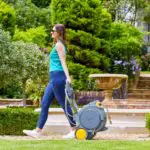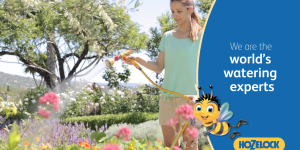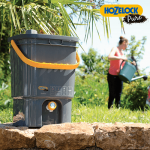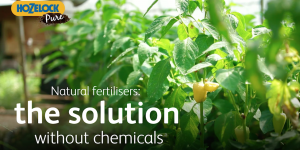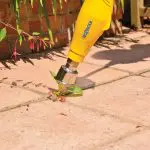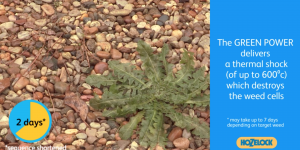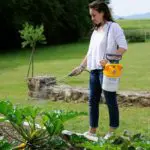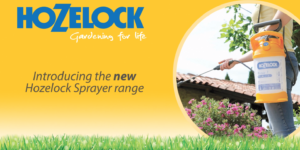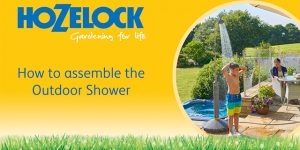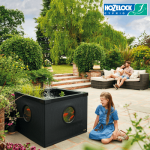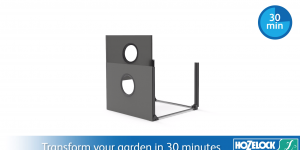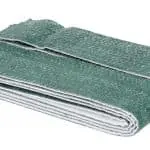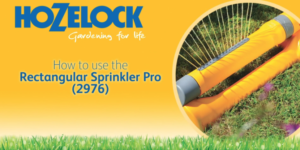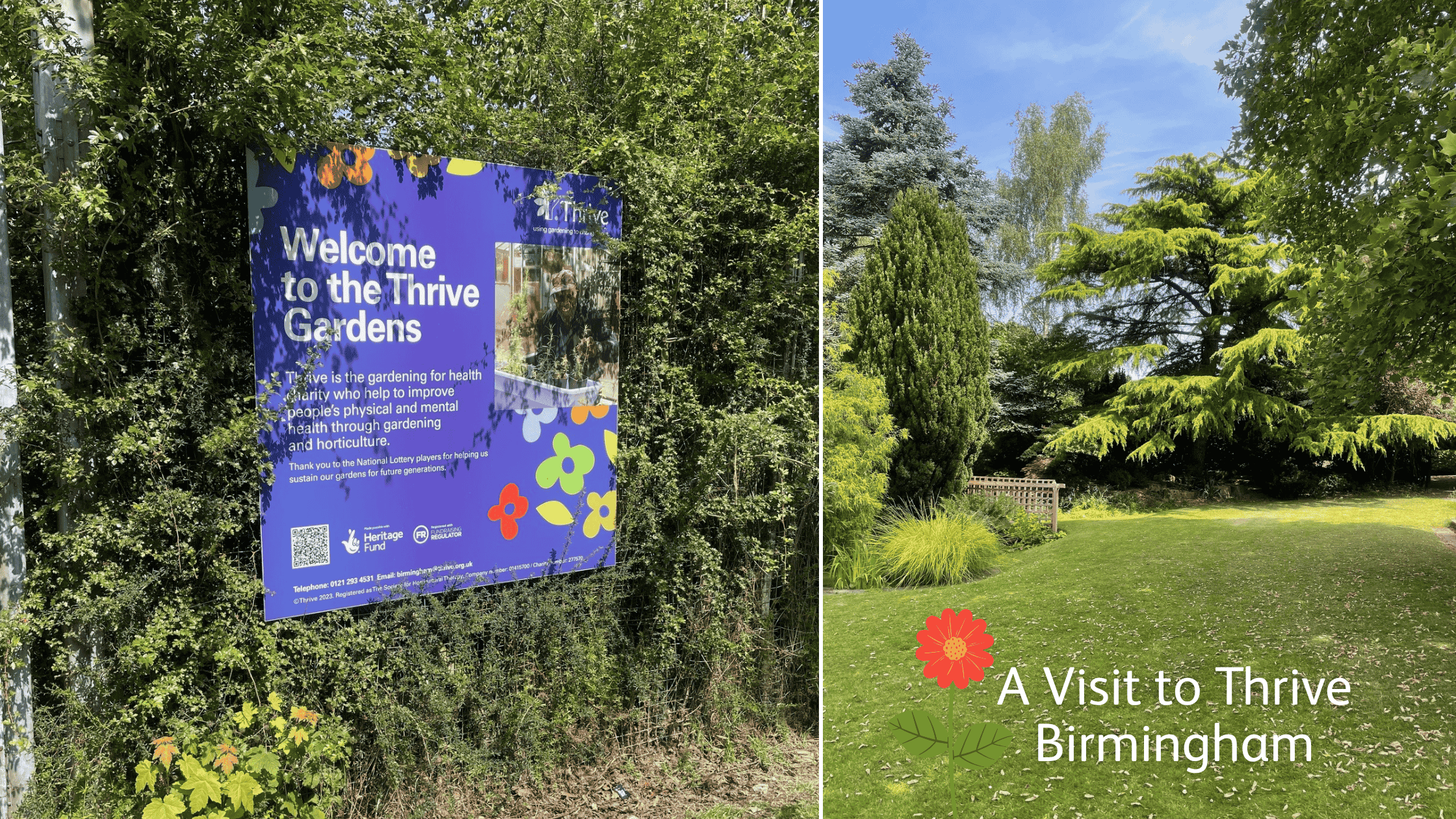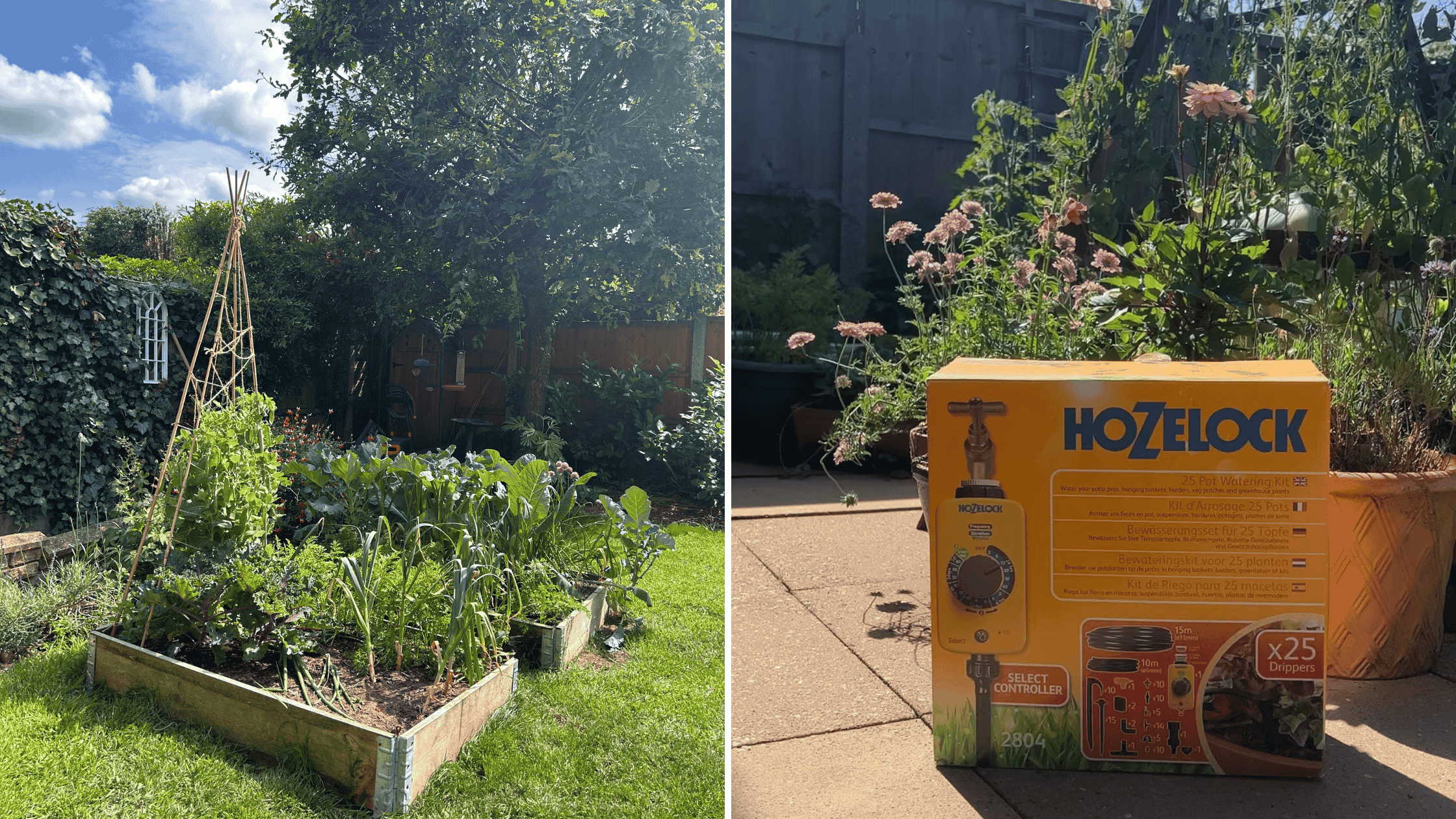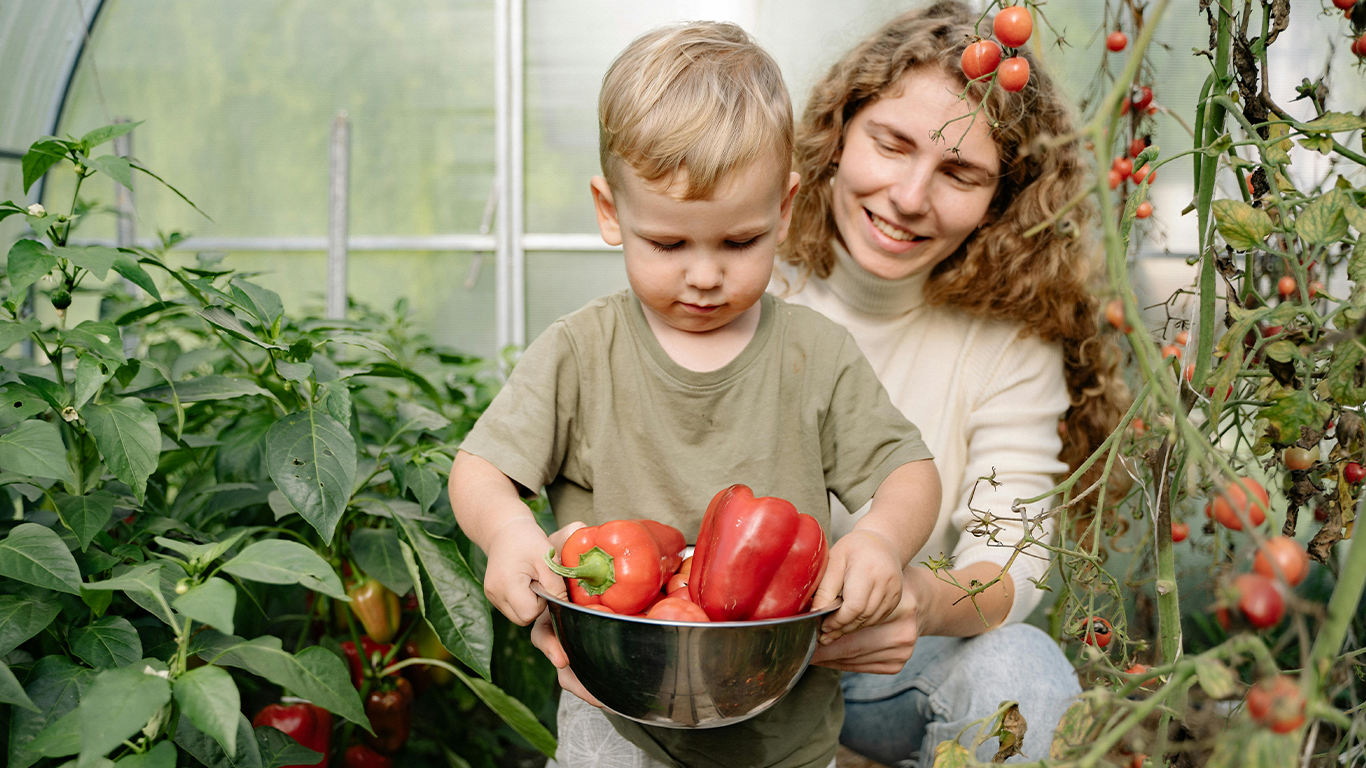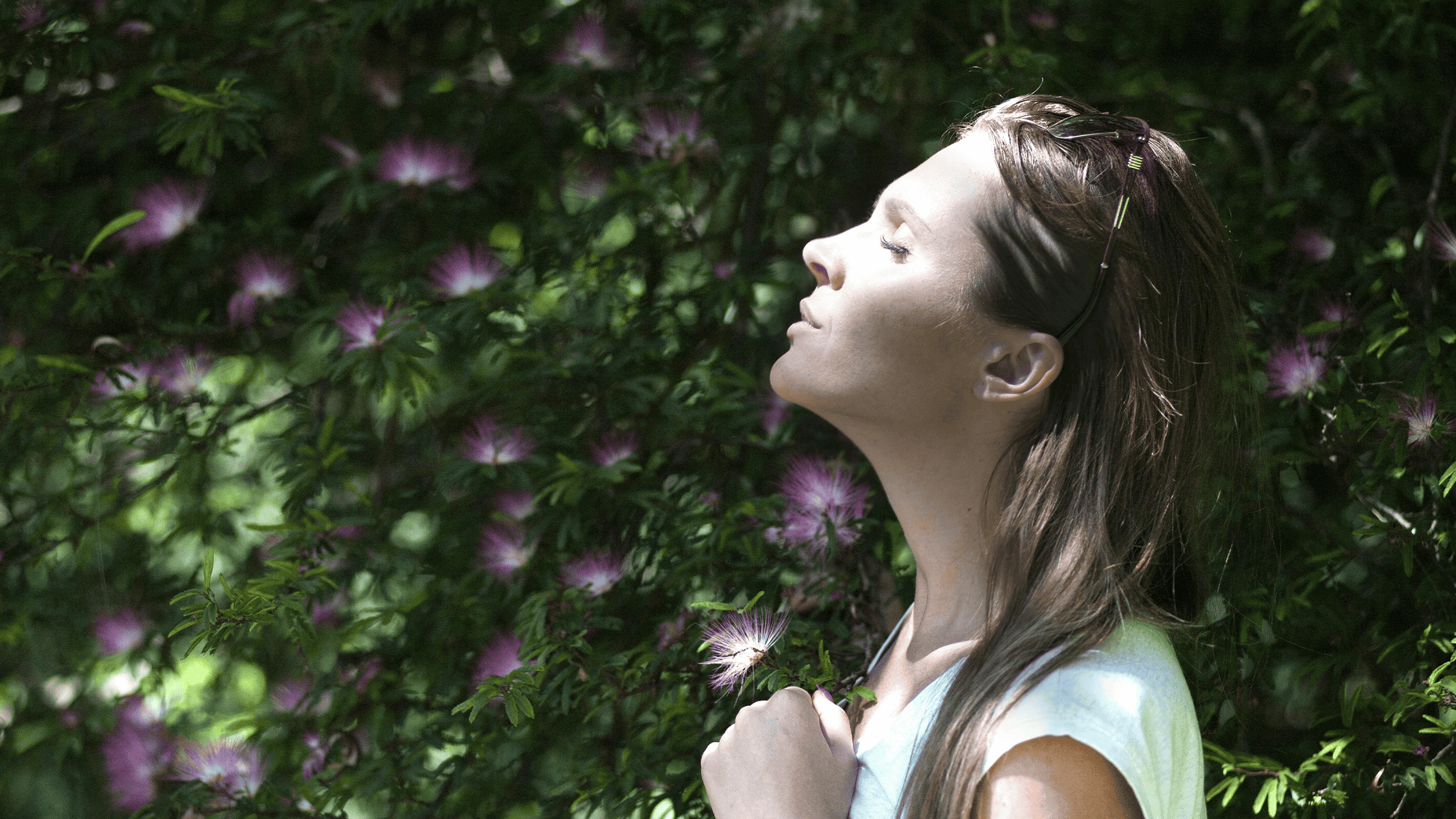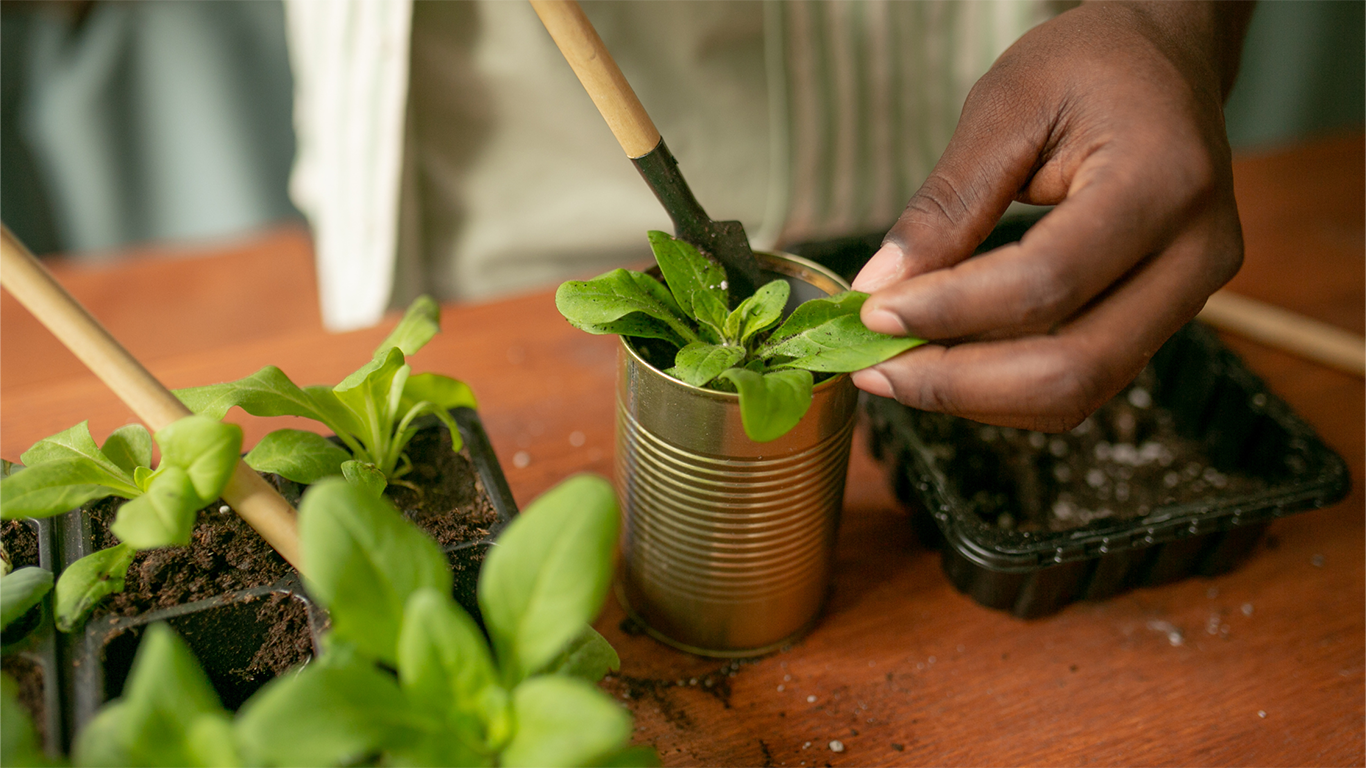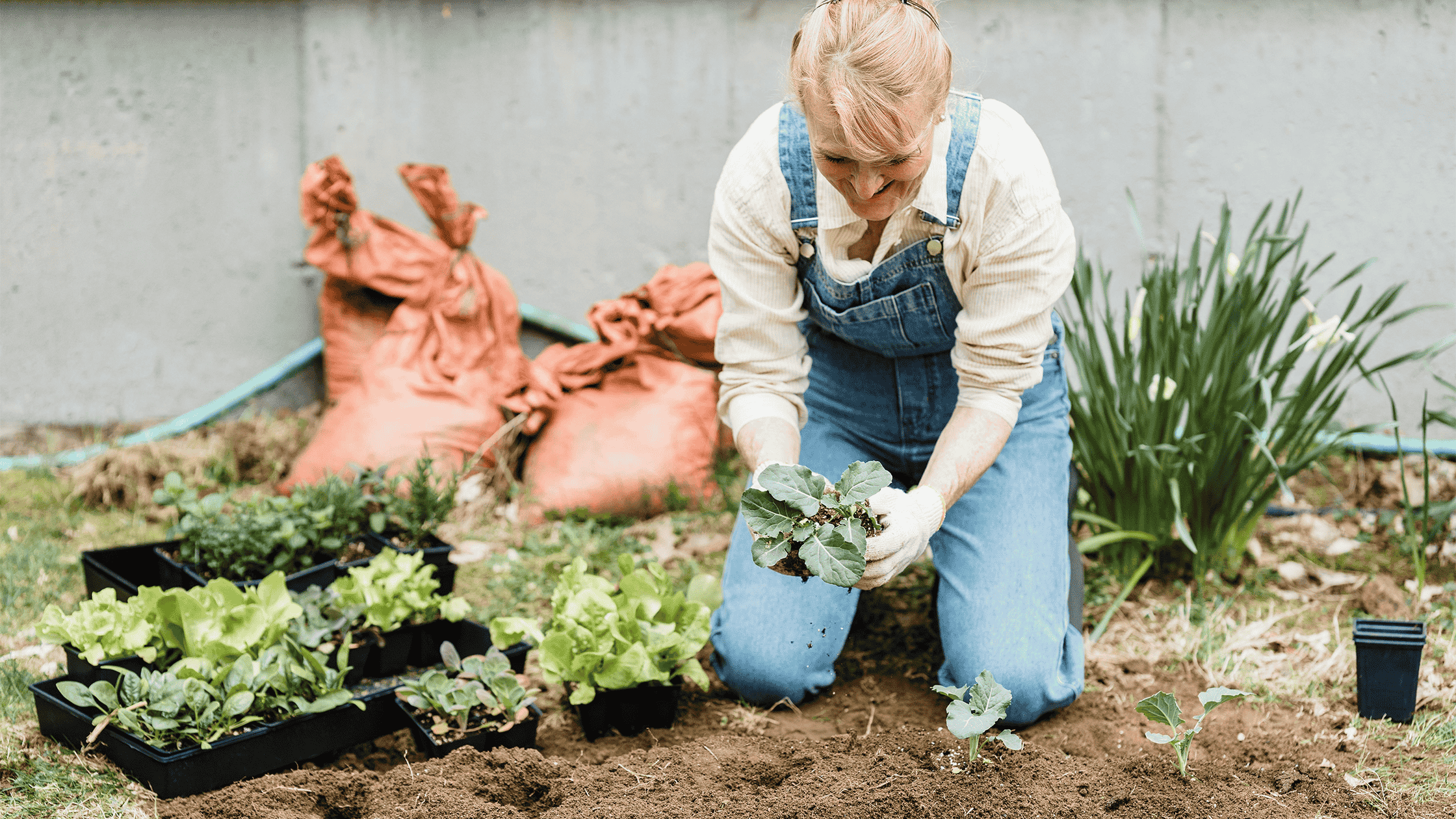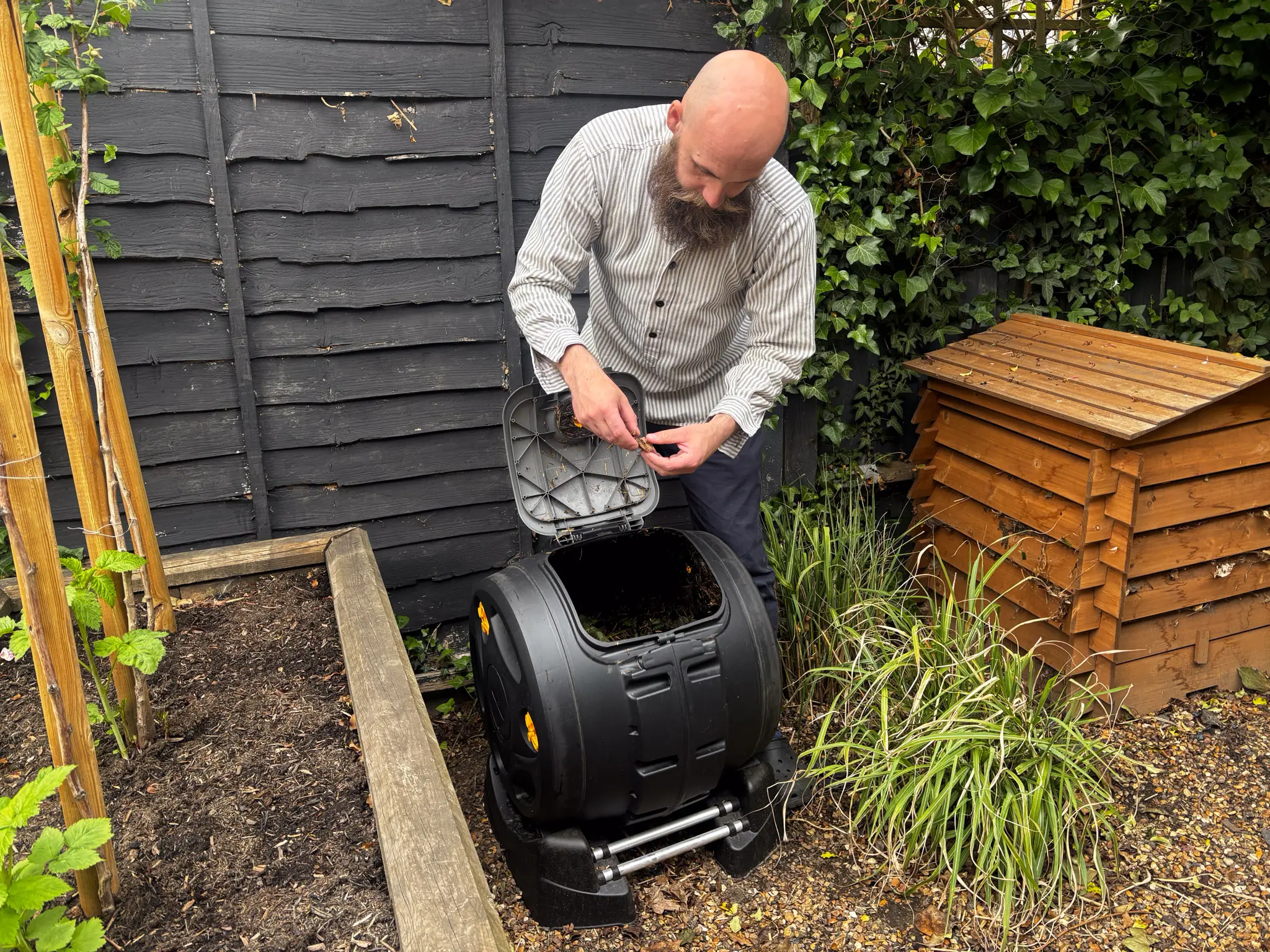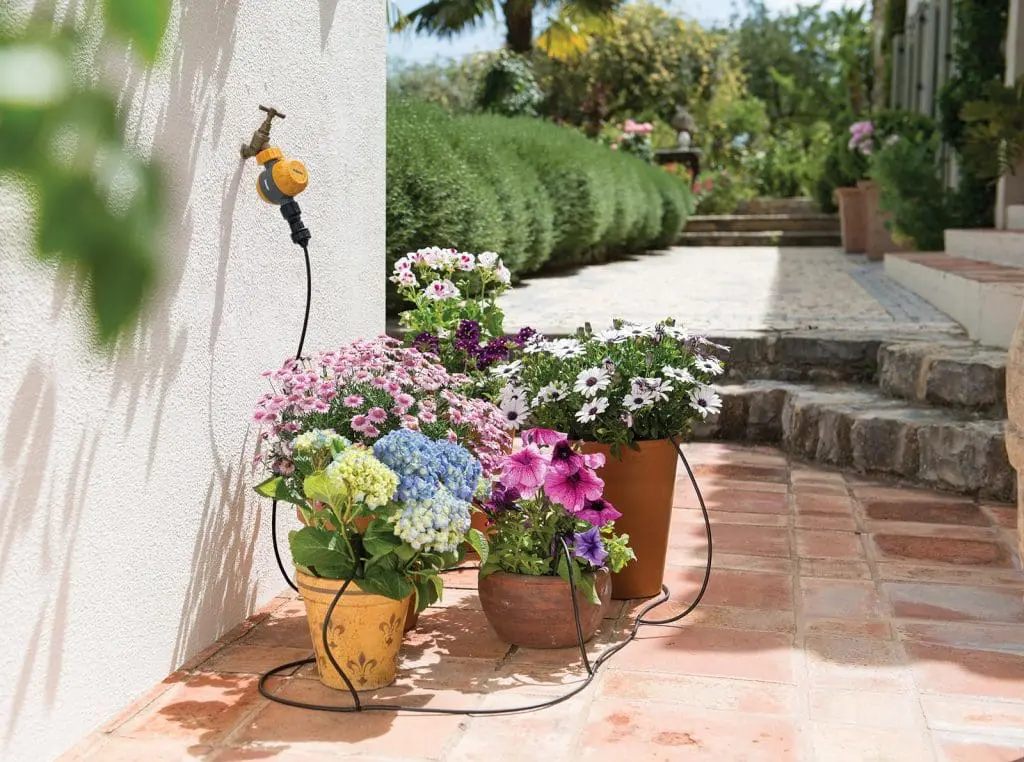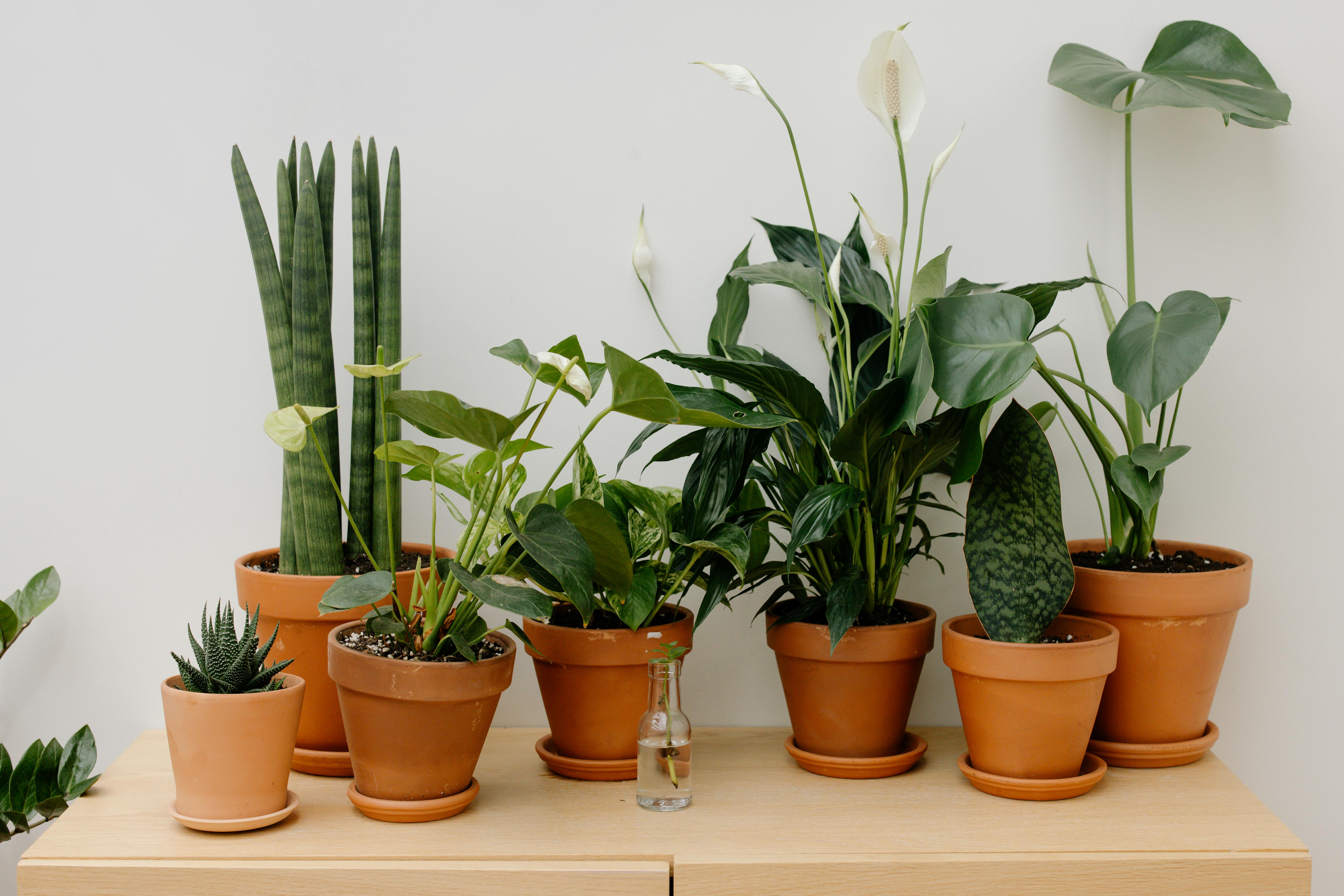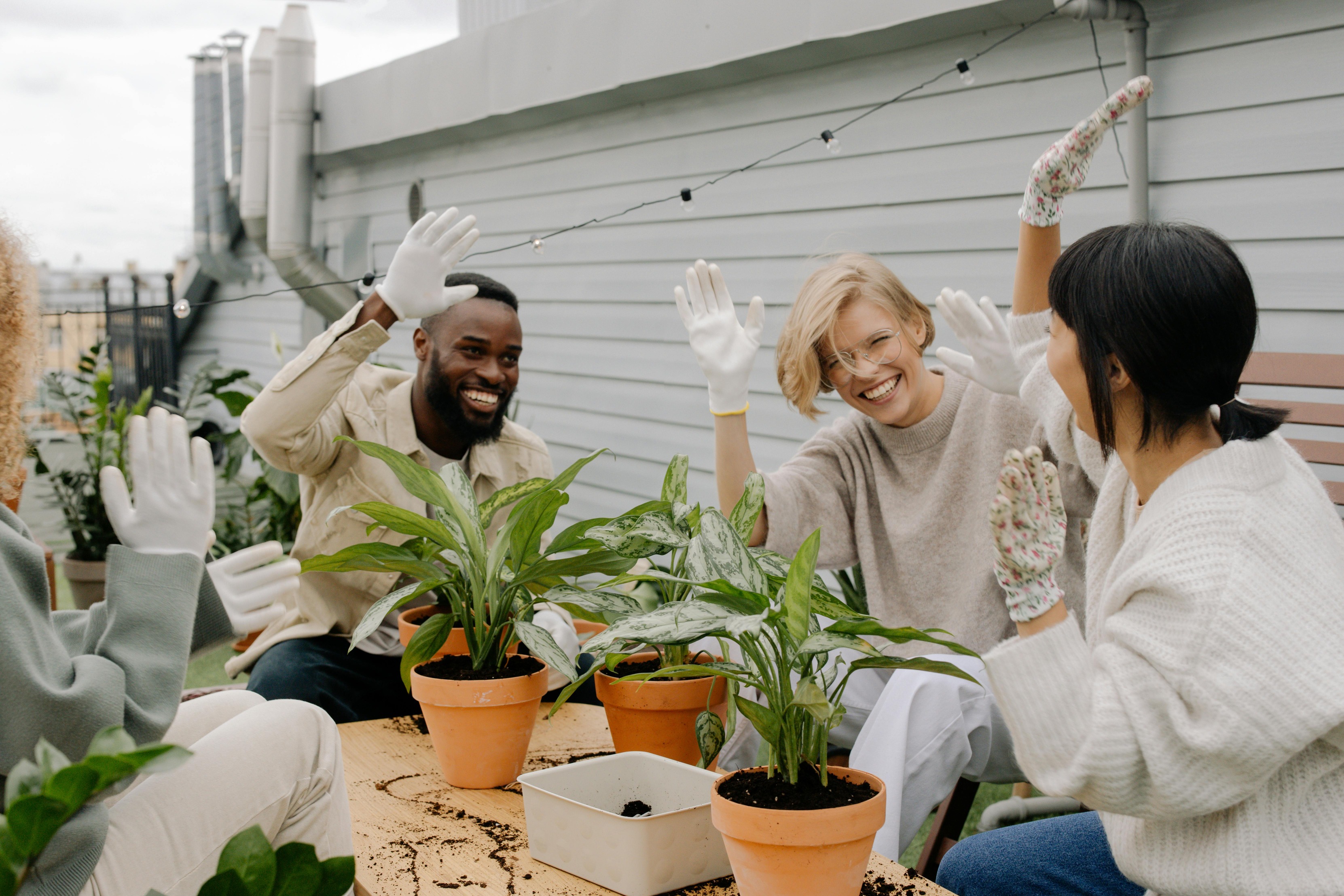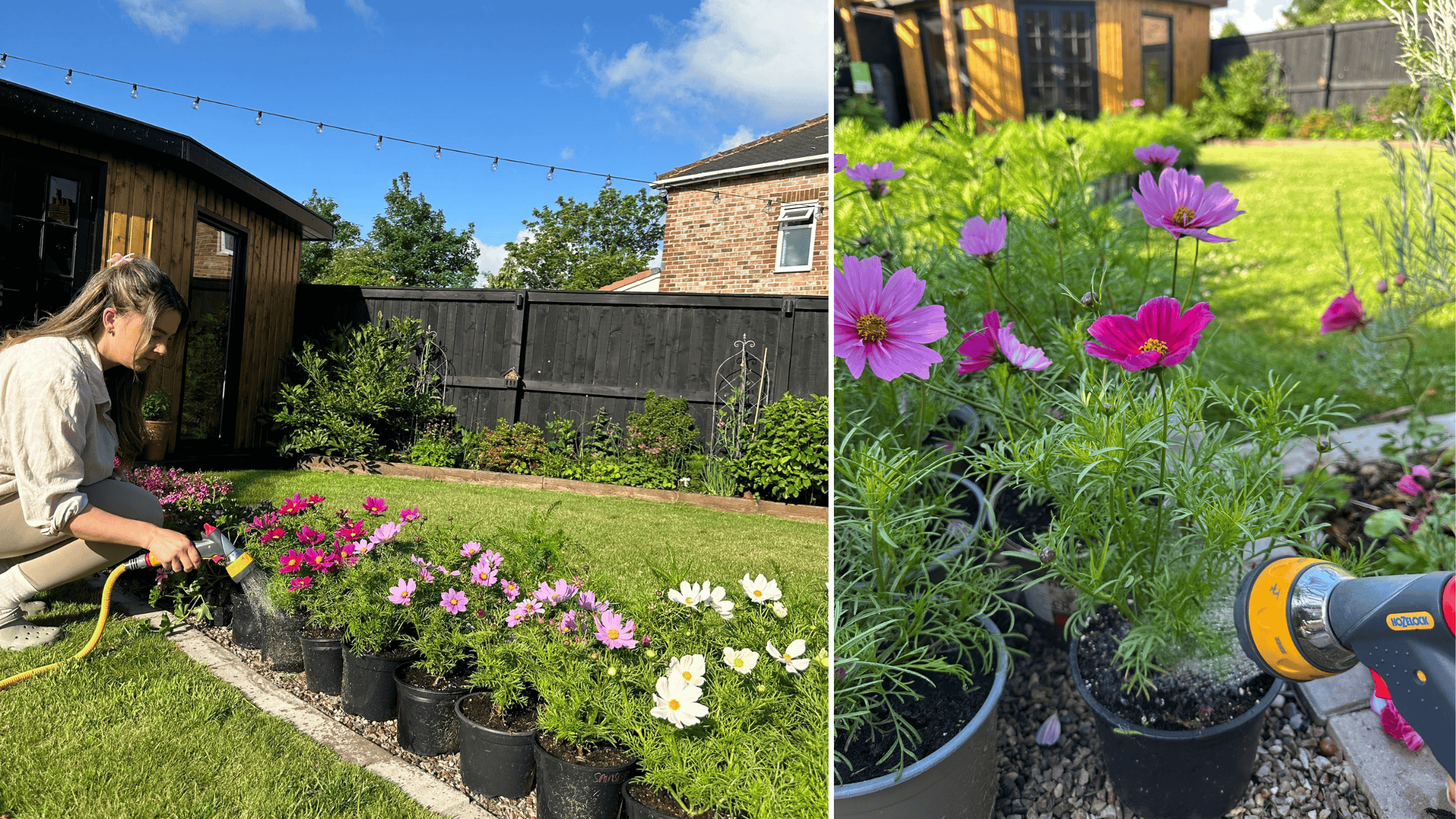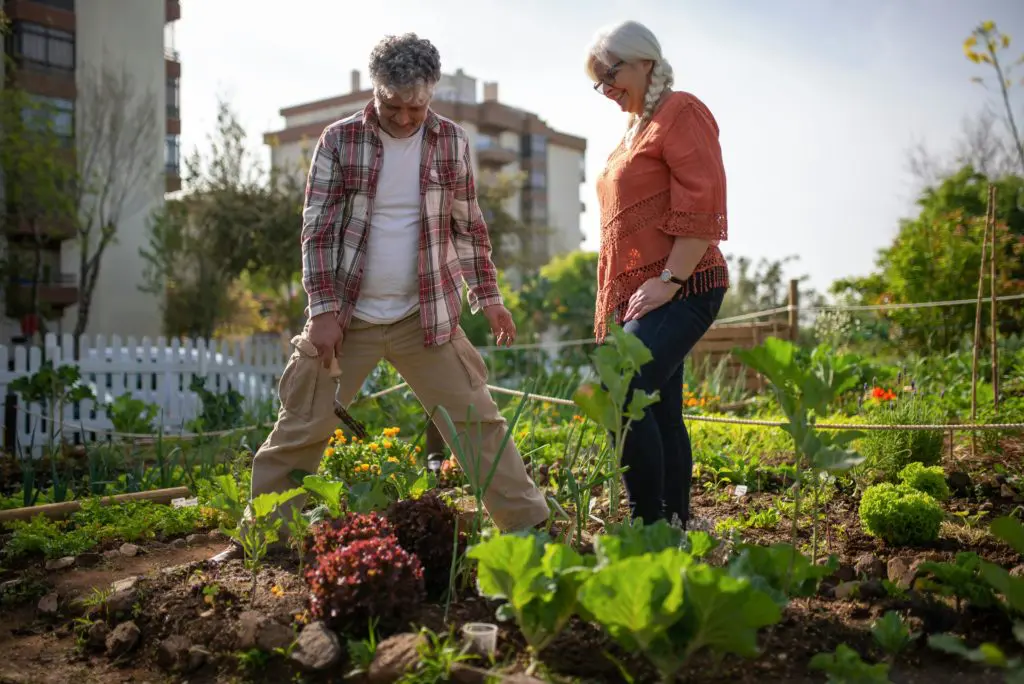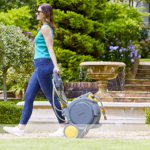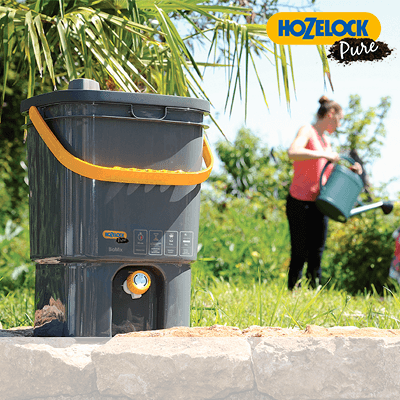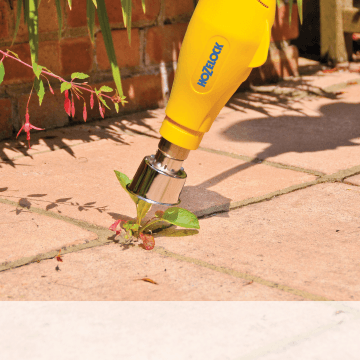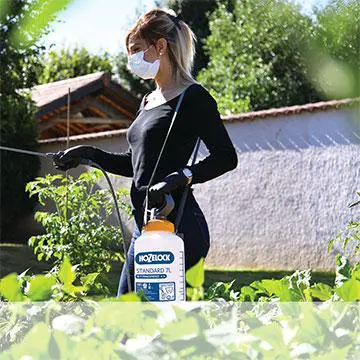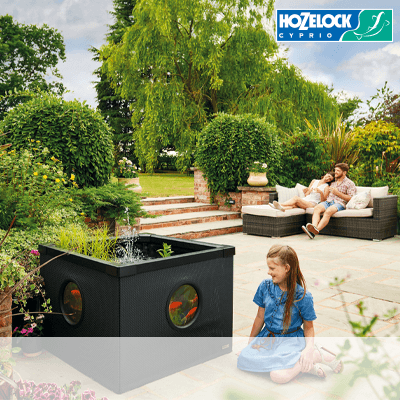Gardening involves many complicated concepts and processes. Potting on, pinching out, earthing up, surface sowing – it can feel a bit like you’re drowning in a world of jargon, especially as a beginner gardener. But what if I told you that all you need to start a garden is soil, seeds, water, and a little knowhow?
I’m Beth and I’ve been sharing gardening tips and tricks through my Instagram and TikTok accounts, @bethsgardendiary, since 2023.
I want to show beginners that gardening isn’t this complicated, unattainable, perfect thing that you feel too scared to try. It can be simple, joyous and actually, pretty fun. I’ve set out to tackle the gardening jargon one concept at a time, and today, it’s all about watering.
I know what you’re thinking, the one thing about gardening that is straightforward is watering. It’s just watering, right? We just simply… water the plants, right? Well, yes and no. While watering is one of the simpler parts of gardening, there are still some clear do’s and don’t’s.
Let’s get into it.
The Basics: Why Do Plants Need Water?
Plants need water for many reasons.
The short version is that without it, they’d die. But if you’re a bit of a nerd like me, here is the slighter longer version:
Water compromises up to a whopping 95% of a plants tissue and it’s crucial at every stage of a plants life cycle. From the very beginning, water is essential for seeds to germinate, and it performs even more important functions as the plant goes on to grow.
Indeed, water is needed for photosynthesis which keeps plants fed, cell turgor which keeps them standing upright, nutrient transport from the soil to the roots and temperature regulation to keep them cool in hot weather.
In other words, just make sure to water your plants. It’s important!
Best Practice for Watering Plants
Now, back to those do’s and don’t’s.
I’ve put together 7 simple tips and tricks that will help make sure you’re watering in the most efficient and effective way possible for stronger plants and a healthier garden.
These tips combined with a couple of useful Hozelock products can really up your watering game, giving your garden a big glow-up.
1. Mulch
Mulching has several benefits, but one of the main pros is that it helps soil to retain moisture. This means the more you mulch, the less you have to water. I generally mulch two times a year, once in Autumn and once in mid-Spring.
2. Water Deeply
Make sure you’re watering deeply.
While each plant has different watering needs, as a general rule of thumb you’re best to water deeply less frequently, allowing soil to dry out slightly between waterings, rather than watering little and often.
For pots, containers and hanging baskets, water until it runs from the drainage hole.
3. Water The Soil, Not Leaves
Make sure you’re watering the soil, not the leaves. Plants get their water from the soil through their root system, so you want to aim the water around the soil at the base of the plant. Wet foliage can increase the risk of fungal diseases such as powdery mildew, so avoid getting the leaves too wet.
4. Choose Products That Work With You, Not Against You
Having the right watering products can make your life a lot easier, and in-turn make staying on top of your watering less of a chore.
Why would anyone settle for a hose that kinks and leaks when there are options such as the Wonderhoze on the market?
Having the right hose attachment is also key, and I recommend opting for one with multiple spray patterns. Hozelock’s Multi Spray Guns or 3-in-1 Nozzle have different settings that are suitable for different plant types. While it has its uses, a powerful jet stream isn’t going to do your delicate seedlings any favours, so instead you can opt for a softer mist setting.
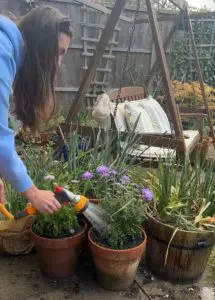
5. Water In The Morning
The best time to water your plants is in the morning when it’s still cool and the sun isn’t strong. The cooler conditions mean less water is lost to evaporation than if you were to water midday.
It’s also preferable to evening watering, as watering in the morning allows the soil to dry out throughout the day, which reduces the risk of fungal disease and helps to discourage slugs and snails who tend to come out at night.
6. Add a Water Butt
As is natures way, the healthiest water for plants is rainwater. This is because it has a more neutral pH and is free of added chemicals, unlike tap water (although don’t panic, this doesn’t mean tap water is harmful!)
To ensure your plants are getting the best of the best, collecting rainwater is a great and eco-friendly way to help water your garden. You can do this by connecting a water butt to your guttering and downpipes, allowing rainwater to flow into the container. Then simply fill your watering can using the collected rainwater.
7. Consistency is Key
Having a consistent routine that keeps you on top of your watering leads to healthier and happier plants. While this doesn’t mean having soil that is constantly wet, it does mean watering once the soil has dried out.
Staying consistent prevents plants getting stressed by providing a stable environment in which they can thrive.
I know this can be hard when you have holidays and (unfortunately) other commitments that drag you away from your garden, but handy products such as Hozelock’s Pot Watering Kits enable you to reap the benefits of automatic watering. The kits include a Select Controller, which has a manual watering function allowing you to water whenever your plants need it.
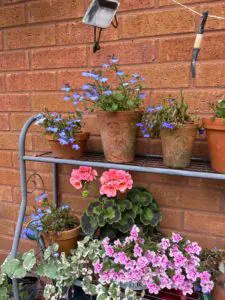
Bear in mind these 7 tips and tricks next time you’re watering and your garden will soon have the glow-up it deserves.
A healthier garden really does start with the basics, and watering more effectively can make all the difference between a plant that thrives and a plant that dies.
And remember, Hozelock have a wide range of products that can help you with all of your watering needs.
I hope this blog has been helpful and for more gardening tips and tricks, be sure to check out @bethsgardendiary on Instagram and TikTok.



